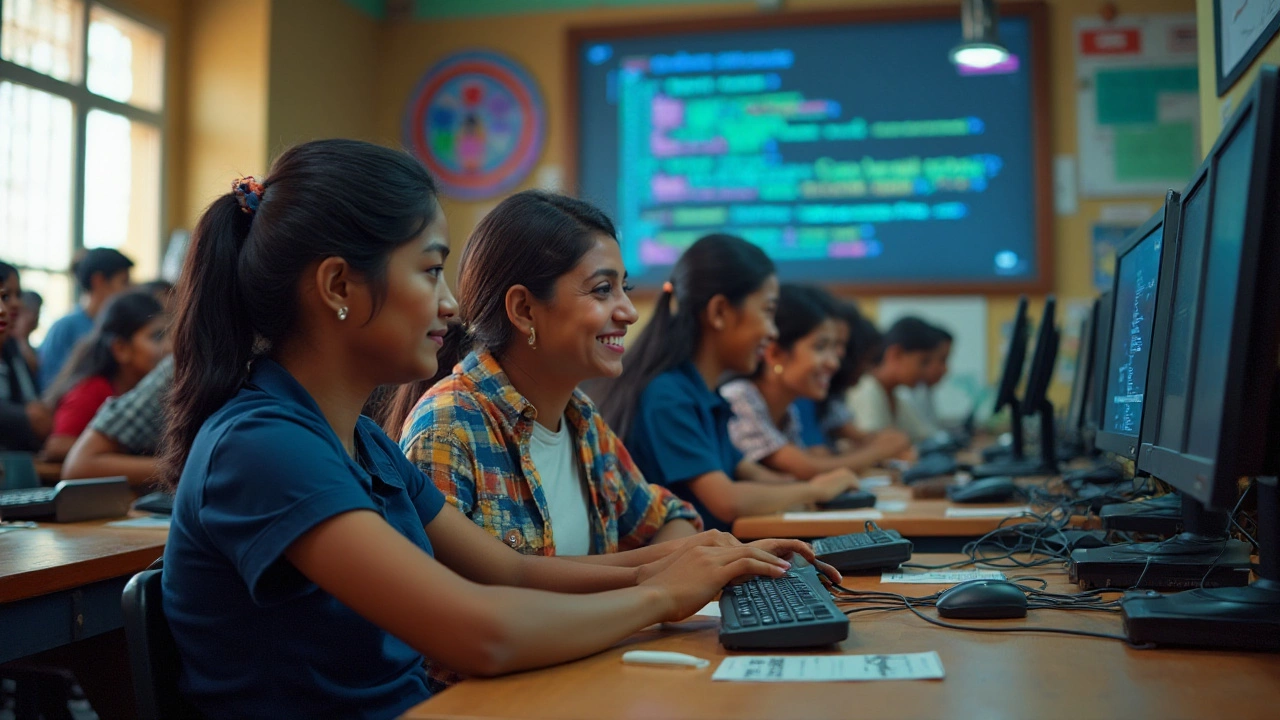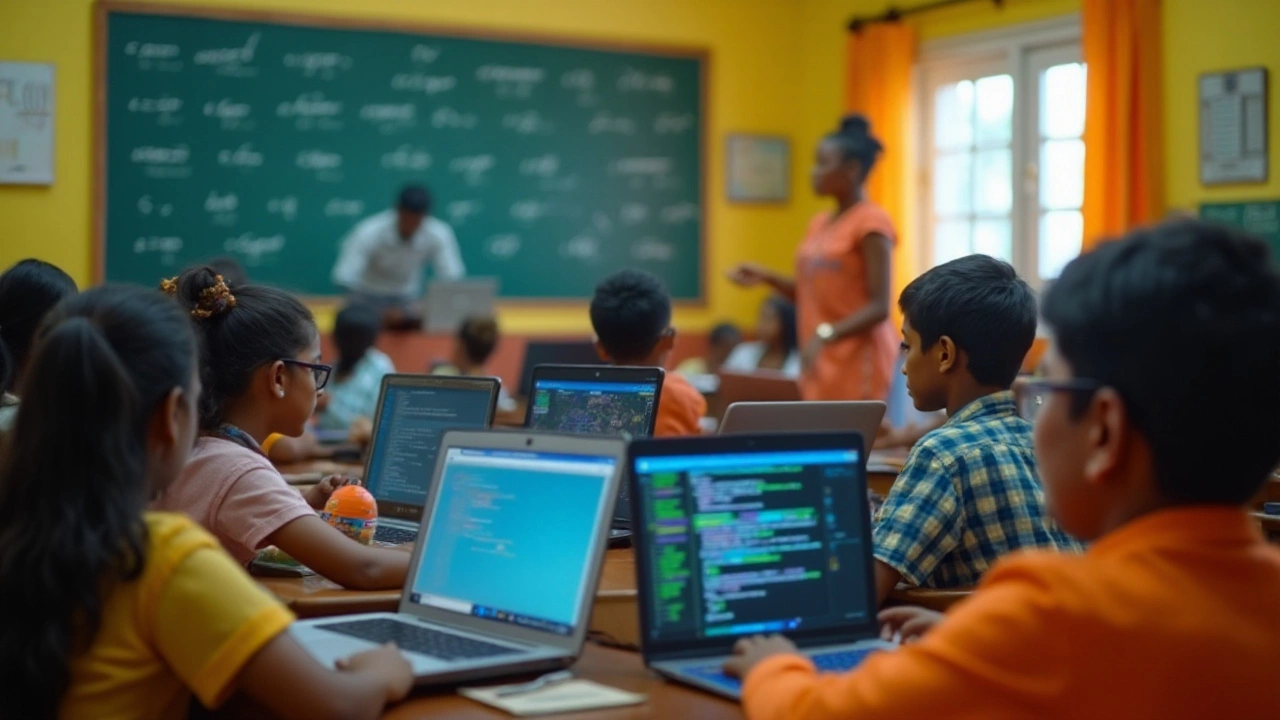Coding Classes: How to Choose the Right One for You
If you’re thinking about learning to code, the first question is where to start. There are dozens of coding classes out there, each promising quick results. The good news is you don’t need a computer science degree to begin. A well‑picked class can give you the basics, help you build confidence, and open doors to real projects.
Online vs Offline Coding Classes
Online coding classes give you flexibility. You can watch videos at night, practice on a weekend, and pause whenever you need. Platforms like Coursera, Udemy, and freeCodeCamp let you learn at your own speed and often let you ask questions in a forum. Offline classes, on the other hand, offer face‑to‑face interaction, immediate feedback, and a structured schedule that pushes you to stay on track. If you thrive on routine and enjoy group work, a local institute or community college might be a better fit.
What to Look for in a Beginner Course
First, check the curriculum. A solid beginner class should start with a language that’s easy to read—think Python or JavaScript—and then move to simple projects like building a calculator or a personal website. Second, look for hands‑on practice. Courses that give you real‑world coding exercises, quizzes, and projects keep the material fresh. Third, see if the instructor offers support—live Q&A, office hours, or a community chat can make a huge difference when you’re stuck.
Cost matters, too. Many high‑quality coding classes are free or low‑cost, especially those from nonprofit organizations or open‑source communities. Paid courses can be worth it if they include mentorship, a job‑ready portfolio, or a certification that employers recognize. Compare the price against the value you’re getting—sometimes a $50 course with a dedicated mentor beats a $200 generic video series.
Another factor is the length of the class. Short, intensive bootcamps (4‑6 weeks) work for people who can dedicate many hours each day. Longer, part‑time courses (3‑6 months) suit those juggling a job or school. Choose a timeline that matches your schedule so you don’t burn out.
When you pick a language, think about what you want to create. Want to build websites? JavaScript and HTML/CSS are essential. Interested in data analysis or AI? Python is the go‑to. Mobile app ideas? Start with JavaScript (React Native) or Kotlin for Android. Matching the language to your goal makes learning feel purposeful.
Staying motivated is easy when you see progress. Set small milestones: finish a tutorial, build a simple app, share it with friends. Celebrate each win. Join a local coding meetup or an online community; peer encouragement keeps the momentum going.
Finally, think about the next step after the class ends. A portfolio of projects, a GitHub profile, or a certification can showcase your skills to potential employers. Many coding classes include a career‑support module that helps you polish a resume, practice interview questions, and connect with hiring partners.
So, whether you choose an online platform you can access from your couch or a classroom with a live instructor, the key is to find a coding class that matches your learning style, budget, and goals. Start with a free trial, test the teaching method, and commit to building something you care about. In just a few months, you’ll have a solid foundation and the confidence to keep coding further.









